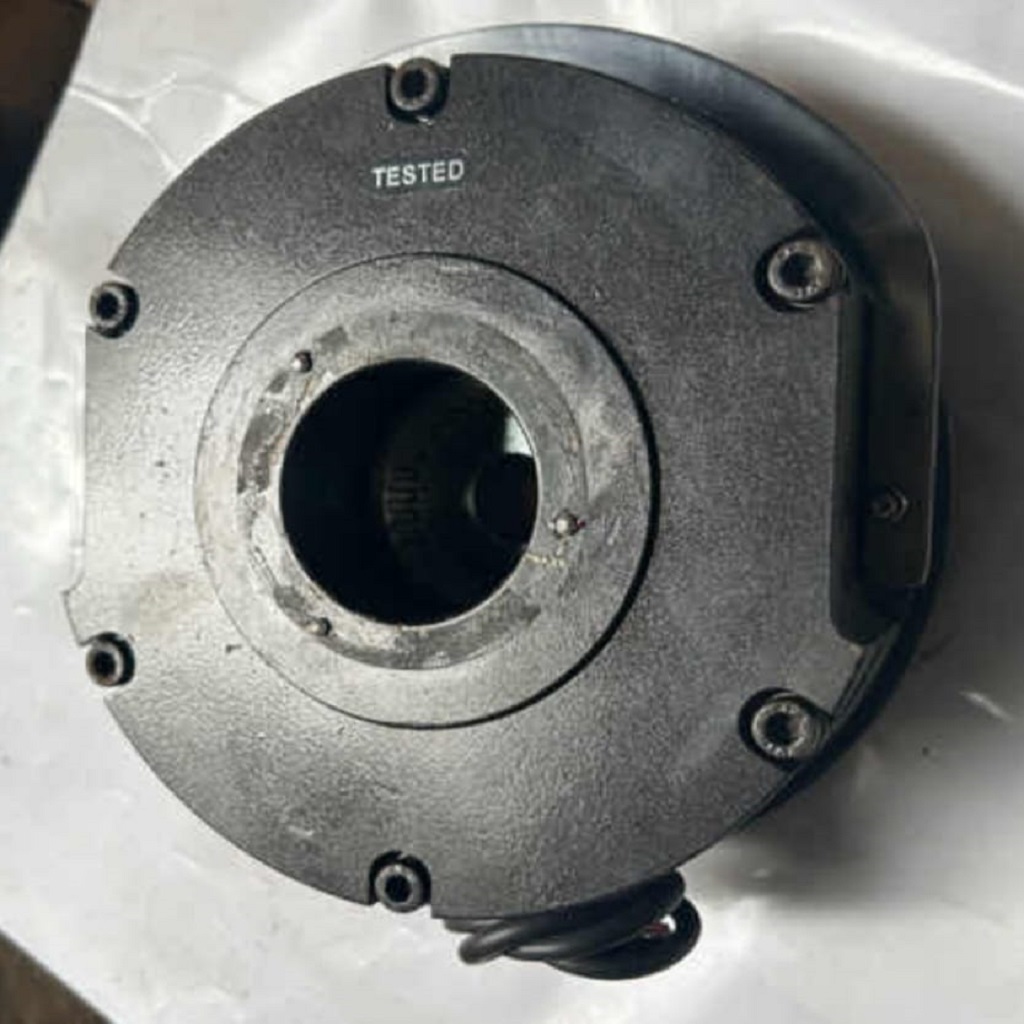Electromagnetic Brake Assembly
When it comes to understanding how electromagnetic brake assemblies work, it’s essential to delve into the intricate details of this crucial component. In this article, we will explore the various aspects of electromagnetic brake assemblies, shedding light on their functionality, applications, and benefits. Whether you’re an industry professional or simply curious about the inner workings of electromagnetic brakes, this comprehensive overview will provide valuable insights.
Firstly, let’s discuss the basic concept behind an electromagnetic brake assembly. As the name suggests, this type of brake utilizes the power of electromagnetism to control the braking process. By applying an electric current to the brake assembly, a magnetic field is generated, which in turn creates the necessary force to engage the brake mechanism. This force is responsible for stopping or slowing down the rotation of a shaft or other moving parts.
The applications of electromagnetic brake assemblies are numerous and diverse. They find extensive use in various industries where precise control over motion is required. For example, in the automotive sector, electromagnetic brakes play a vital role in ensuring the safety and efficiency of vehicles. They are commonly employed in electric and hybrid vehicles, where regenerative braking systems convert kinetic energy into electrical energy, effectively recharging the vehicle’s battery.
Moreover, electromagnetic brake assemblies are widely used in industrial machinery, such as conveyor systems, packaging equipment, and machine tools. These brakes provide accurate and reliable stopping power, ensuring precise control over the movement of heavy loads and delicate materials. Additionally, electromagnetic brakes are utilized in wind turbines, elevators, and medical devices, further highlighting their versatility and importance in various sectors.
One of the significant advantages of electromagnetic brake assemblies is their rapid response time. Thanks to the electromagnetic field’s ability to be activated instantaneously, these brakes provide quick stopping capabilities, enhancing the overall safety of the system. This feature is particularly crucial in applications where sudden stops are required, preventing accidents and minimizing damage to equipment or personnel.
Another noteworthy benefit of electromagnetic brakes is their ability to provide high torque in a compact design. This characteristic is especially advantageous in space-constrained environments, where traditional braking mechanisms may not be feasible. With their compact size and efficient power transmission, electromagnetic brake assemblies offer an optimal solution for applications with limited space, without compromising on performance.
Furthermore, electromagnetic brakes require minimal maintenance. Unlike mechanical brakes that often suffer from wear and tear, electromagnetic brakes have fewer moving parts, reducing the risk of mechanical failure. This not only translates to cost savings but also ensures consistent performance and reliability over an extended period.
Conclusion,
Electromagnetic brake assemblies are essential components that play a crucial role in various industries. Their ability to provide precise control, rapid response, and compact design make them highly sought after in applications where safety, efficiency, and space optimization are paramount. Whether it’s in the automotive sector, industrial machinery, or renewable energy systems, electromagnetic brakes continue to prove their worth. As technology advances, we can expect further innovations and improvements in electromagnetic brake assembly design, further enhancing their performance and expanding their applications.
